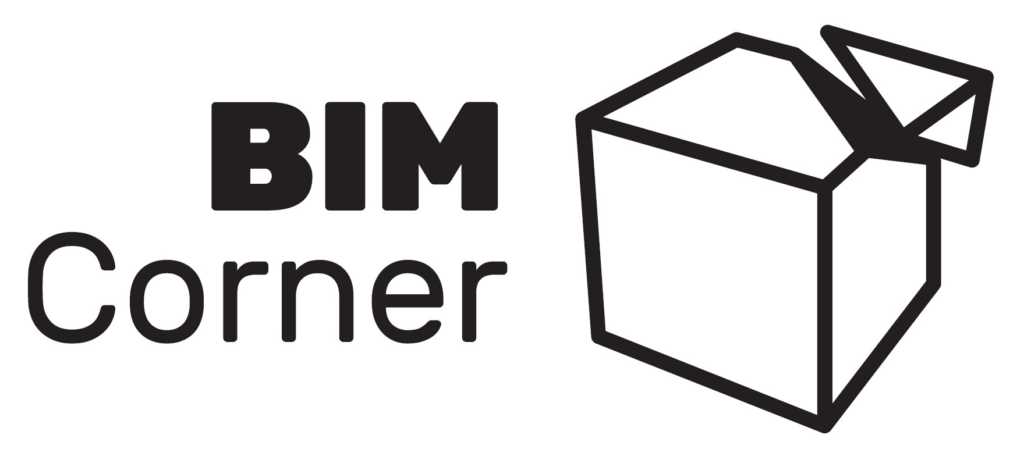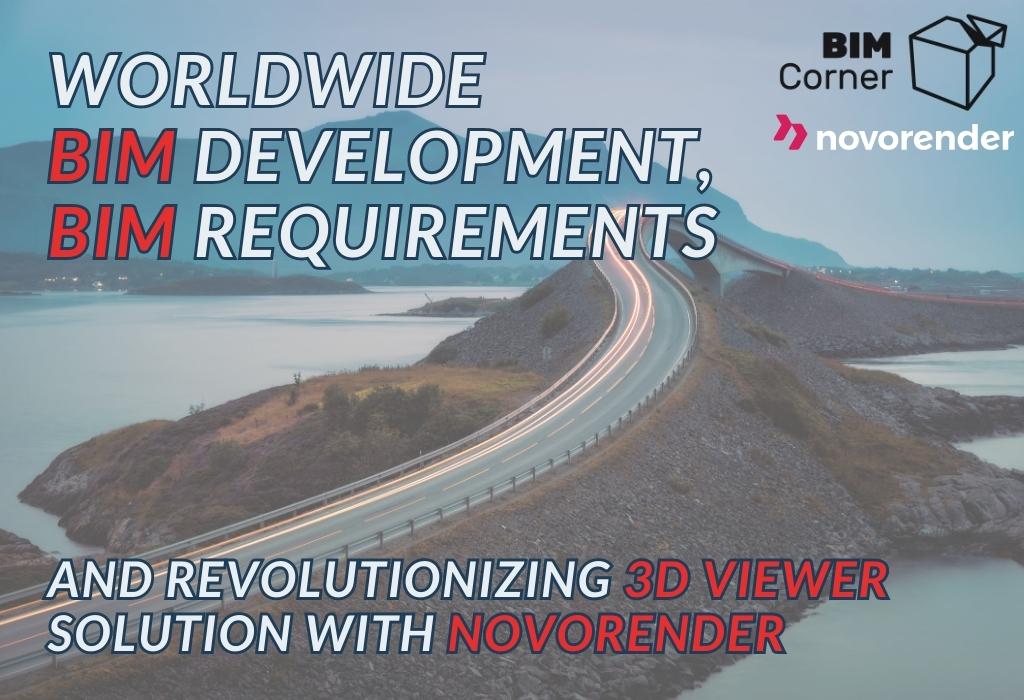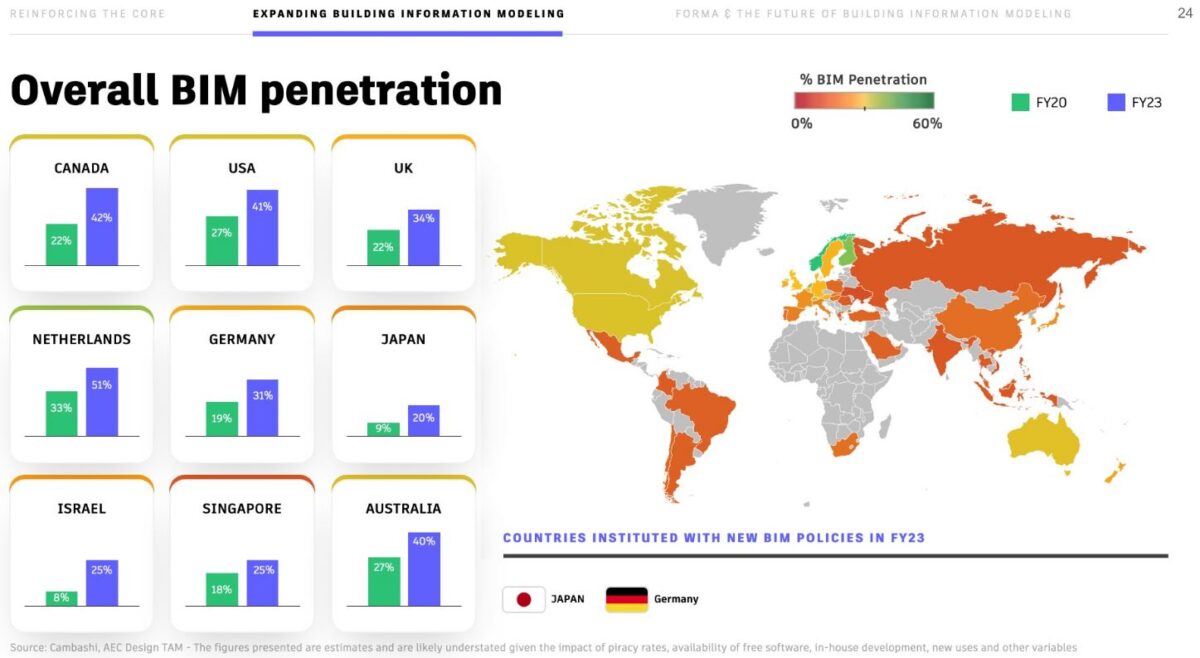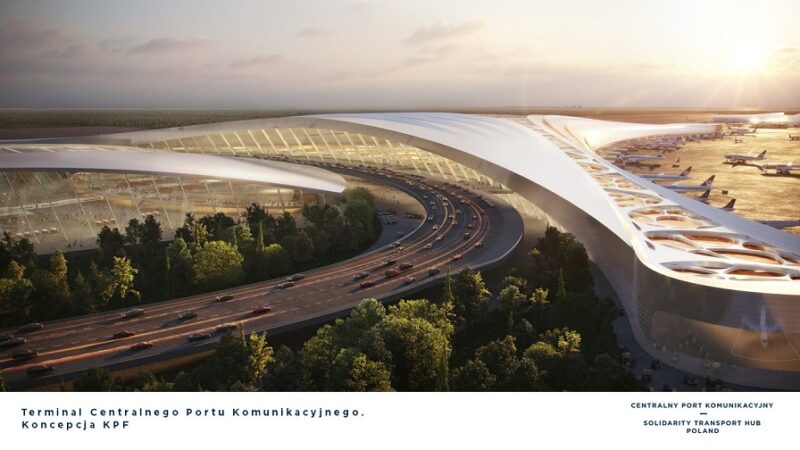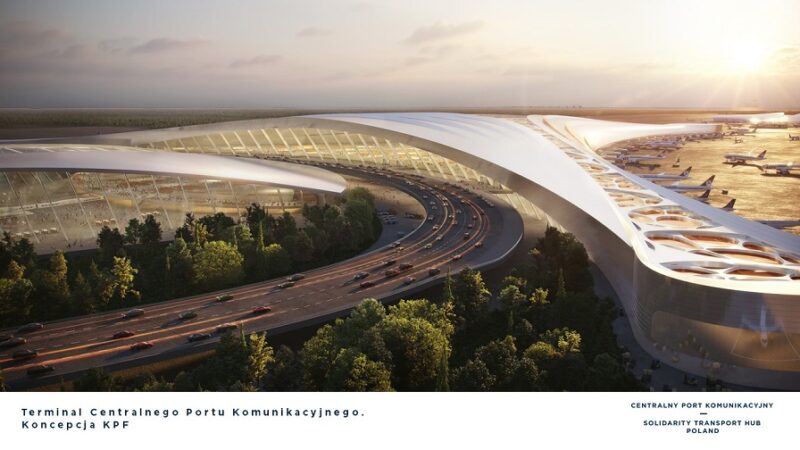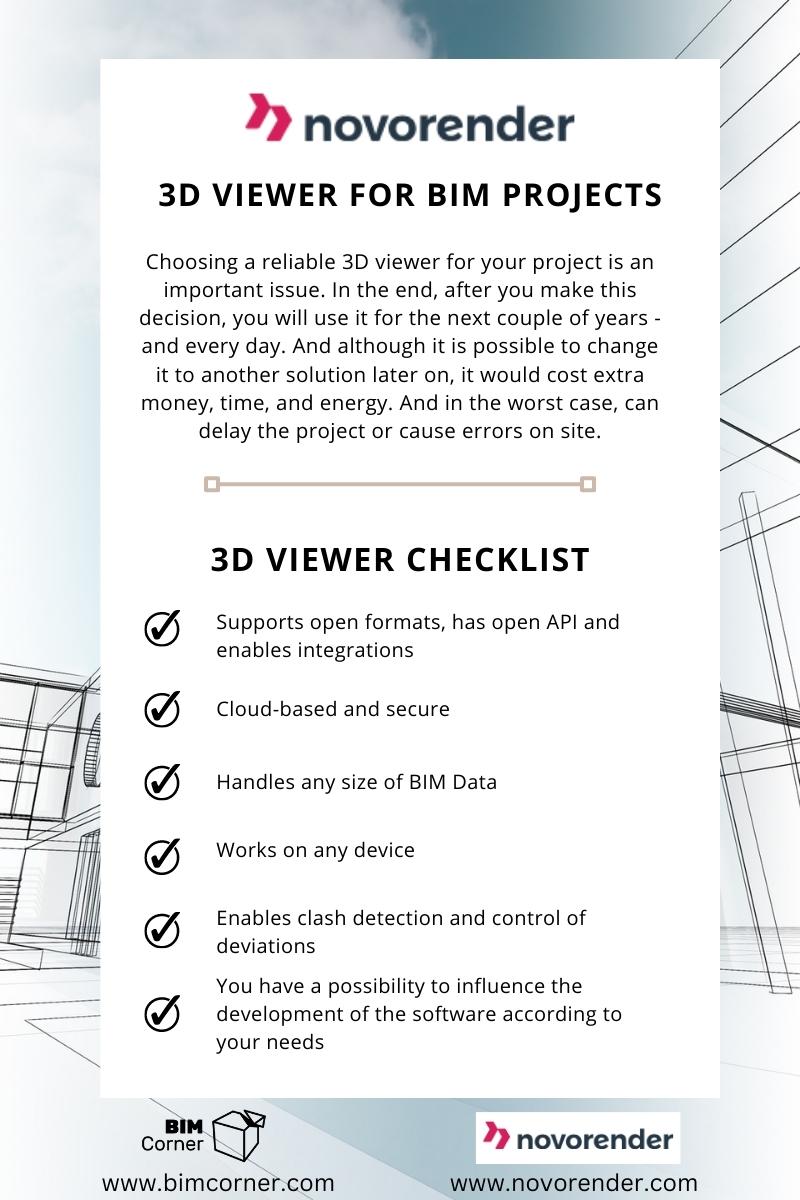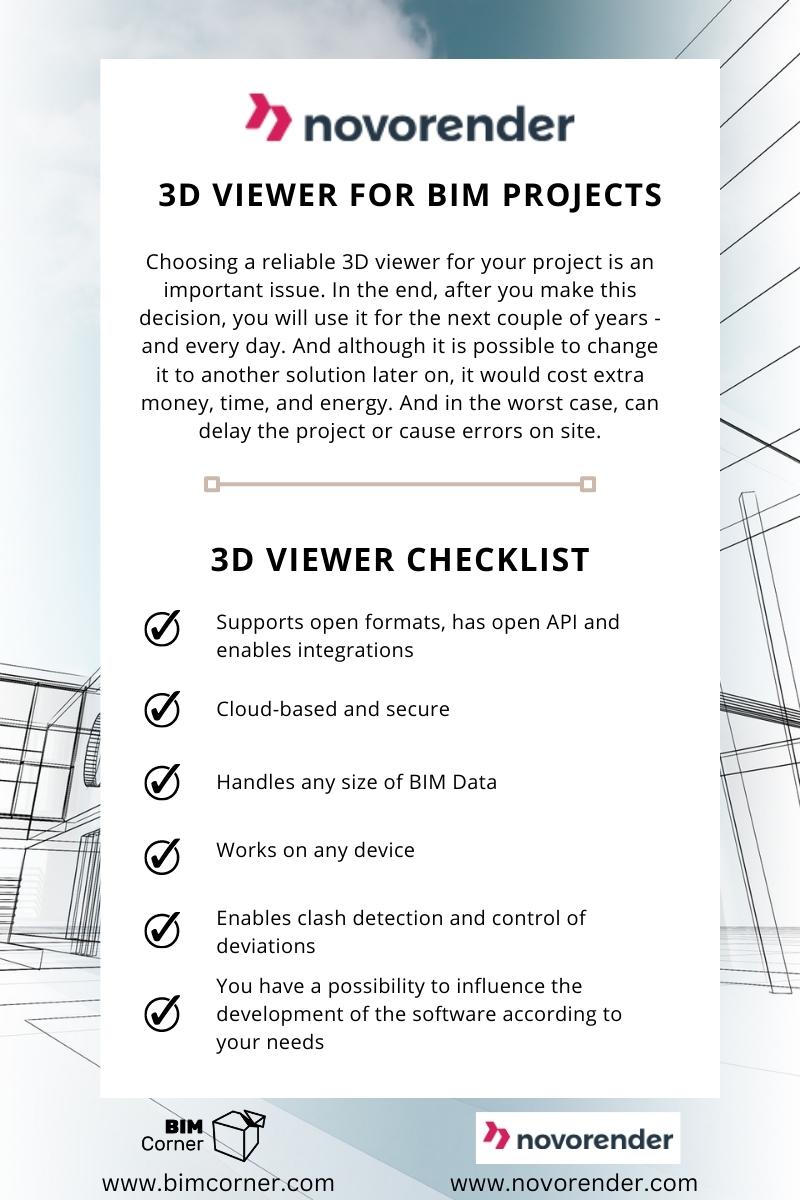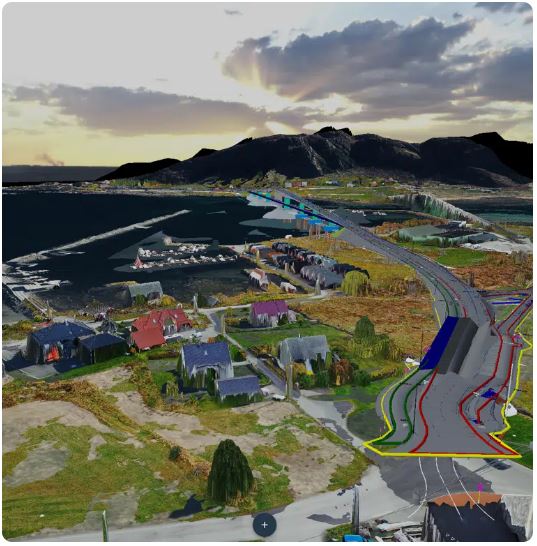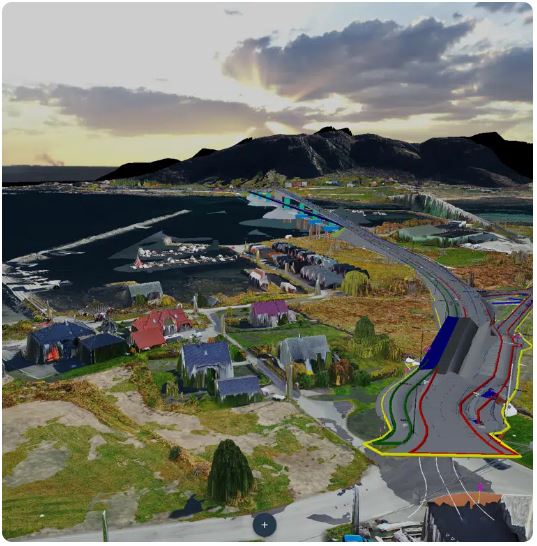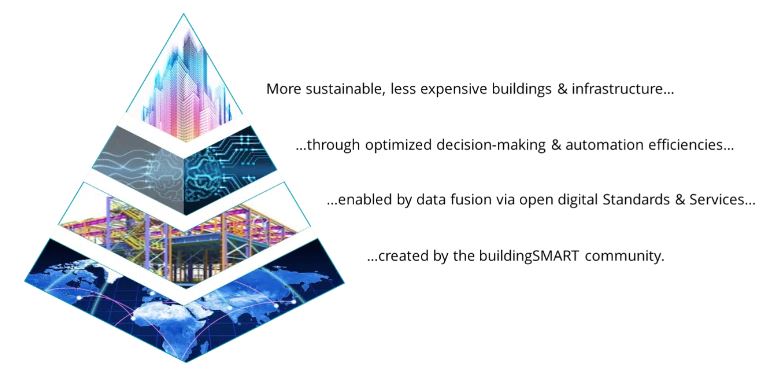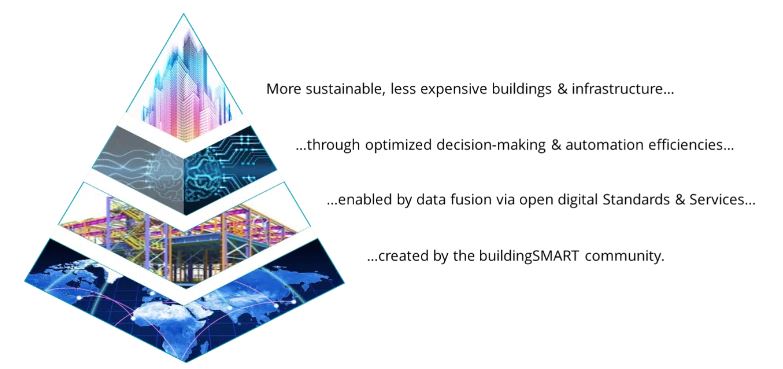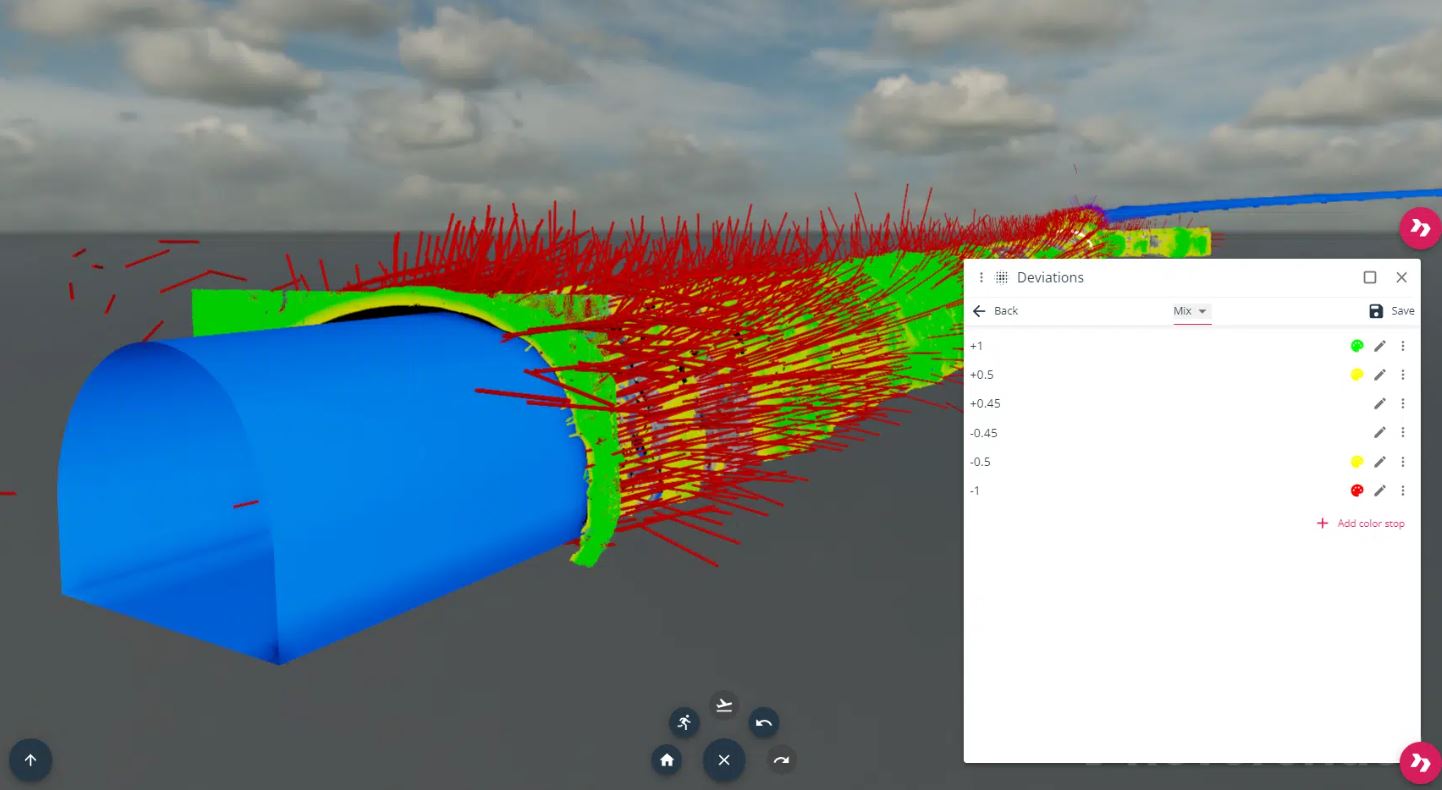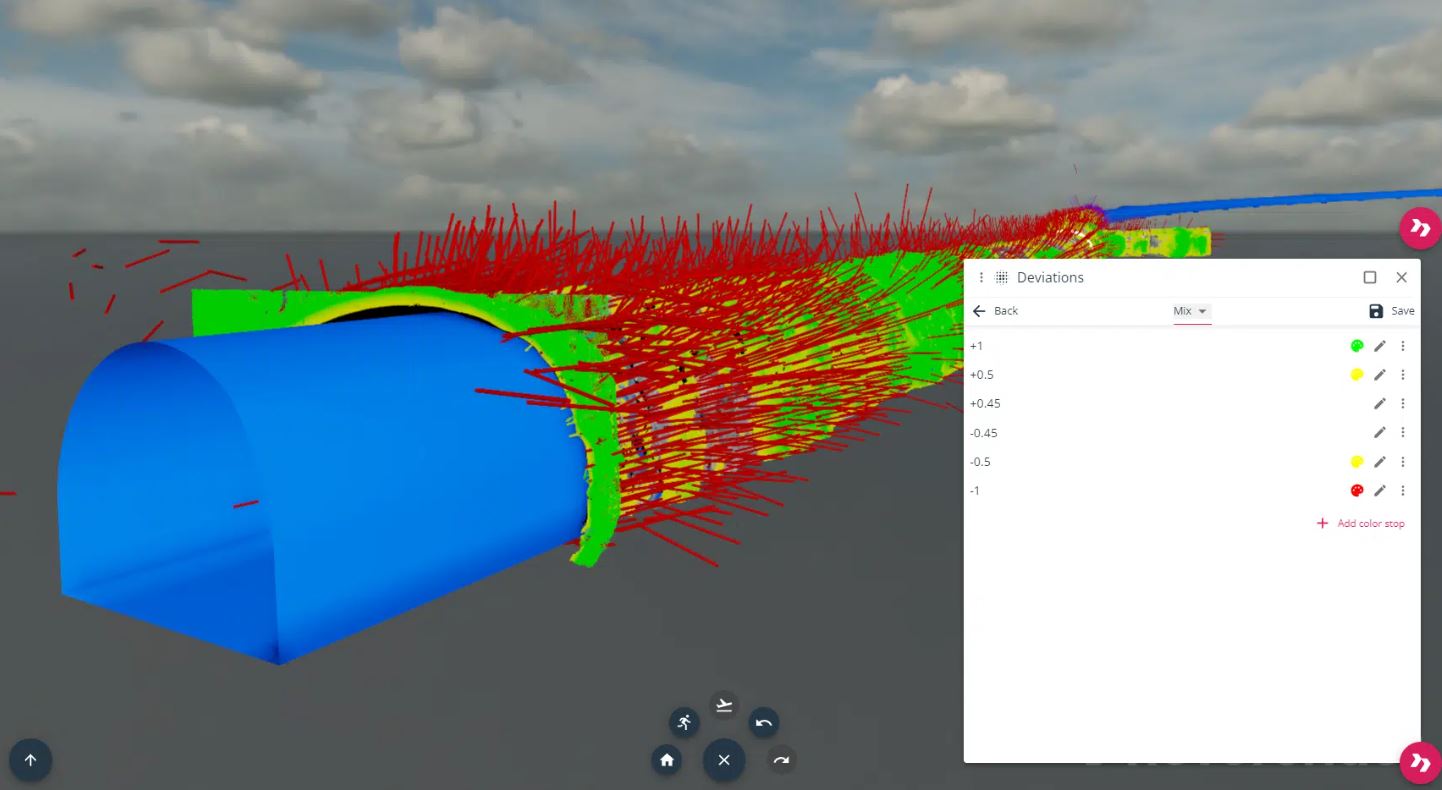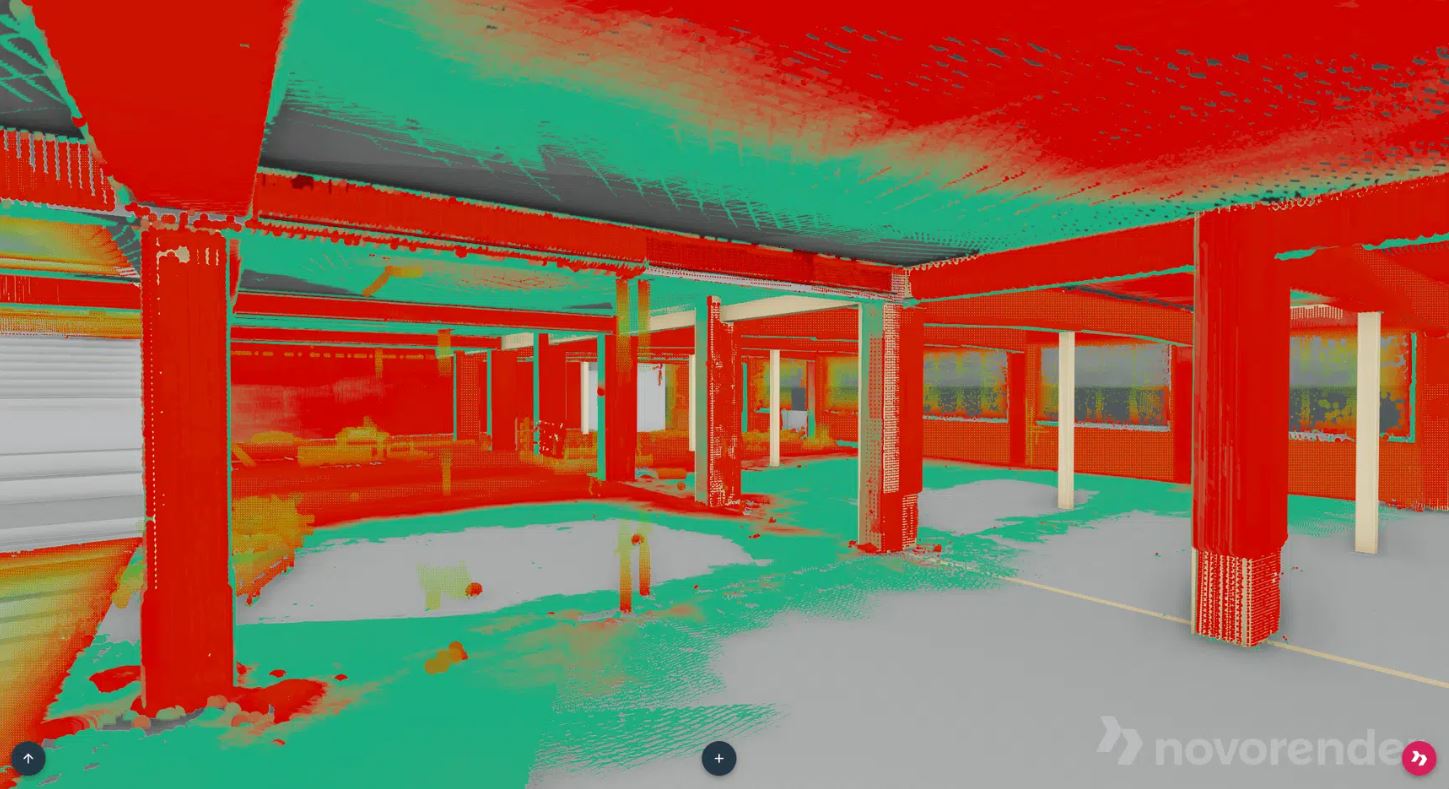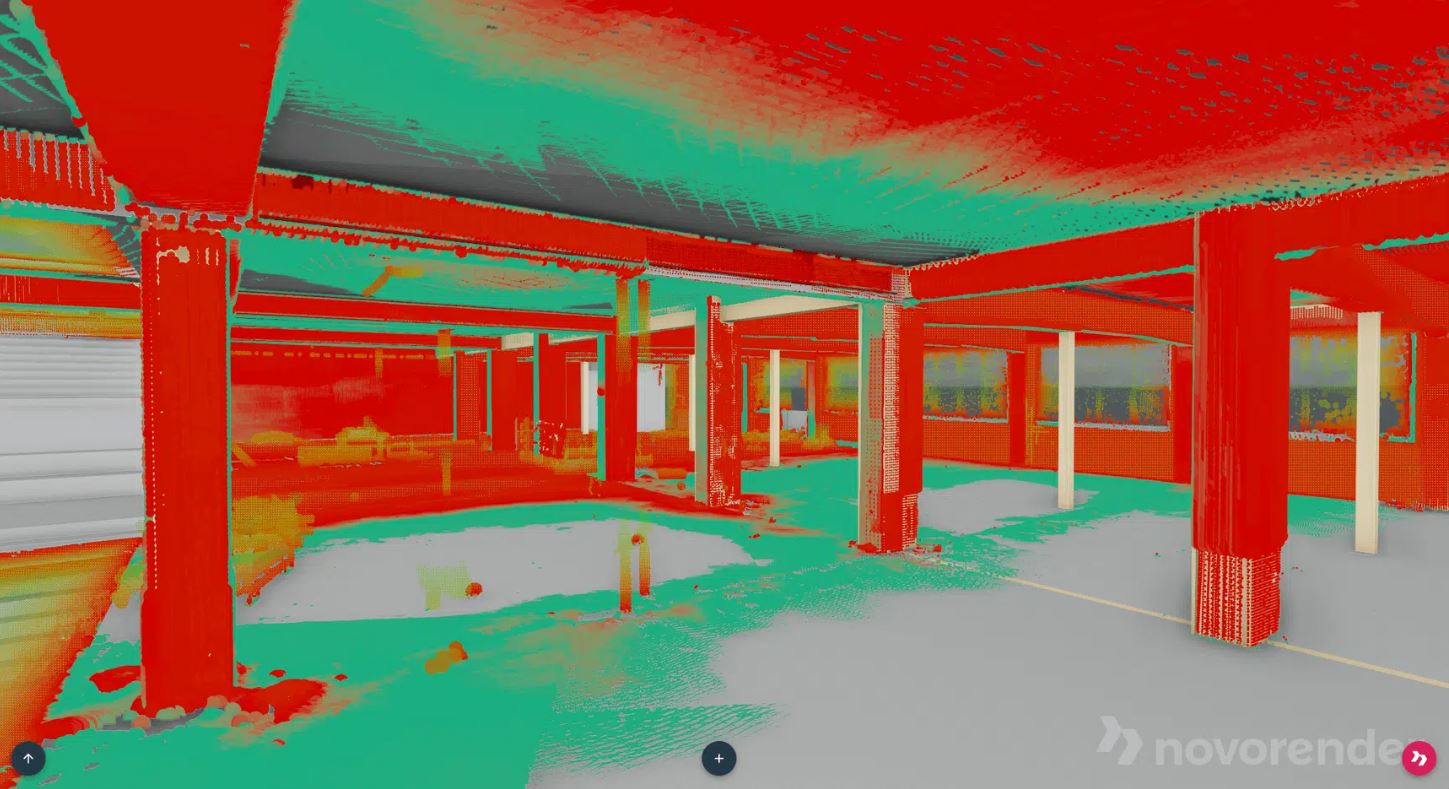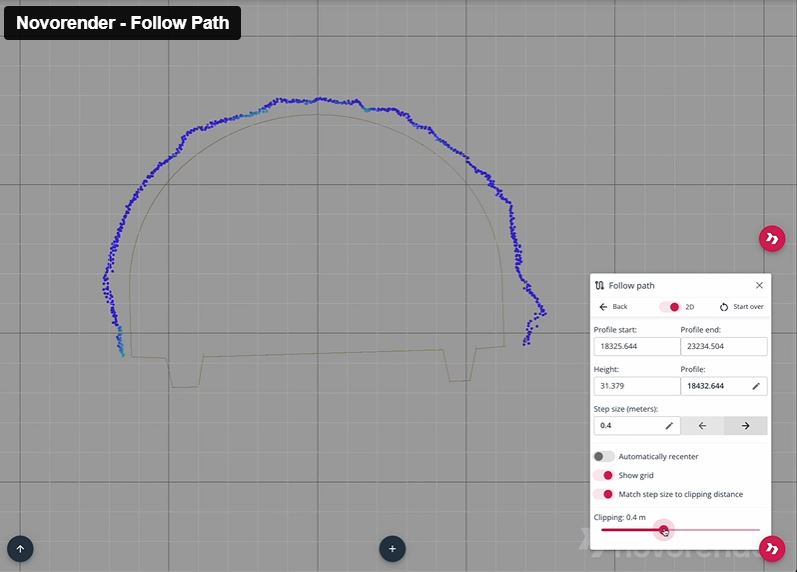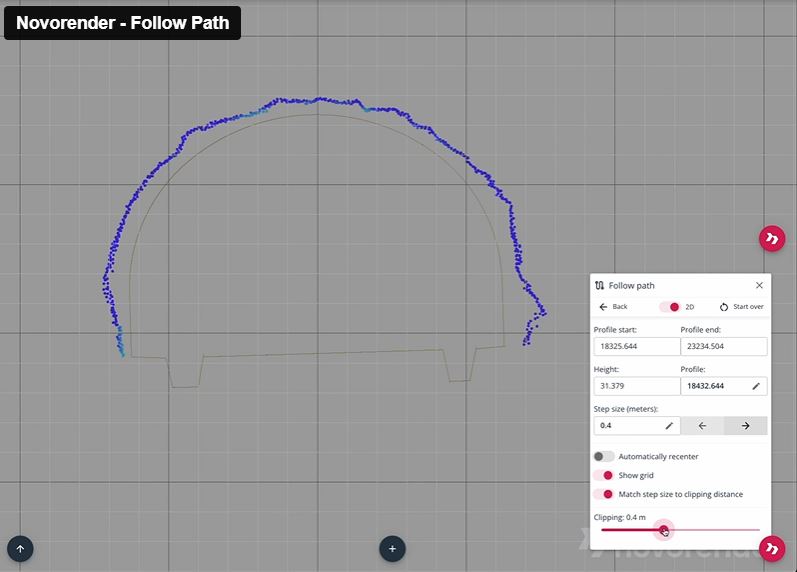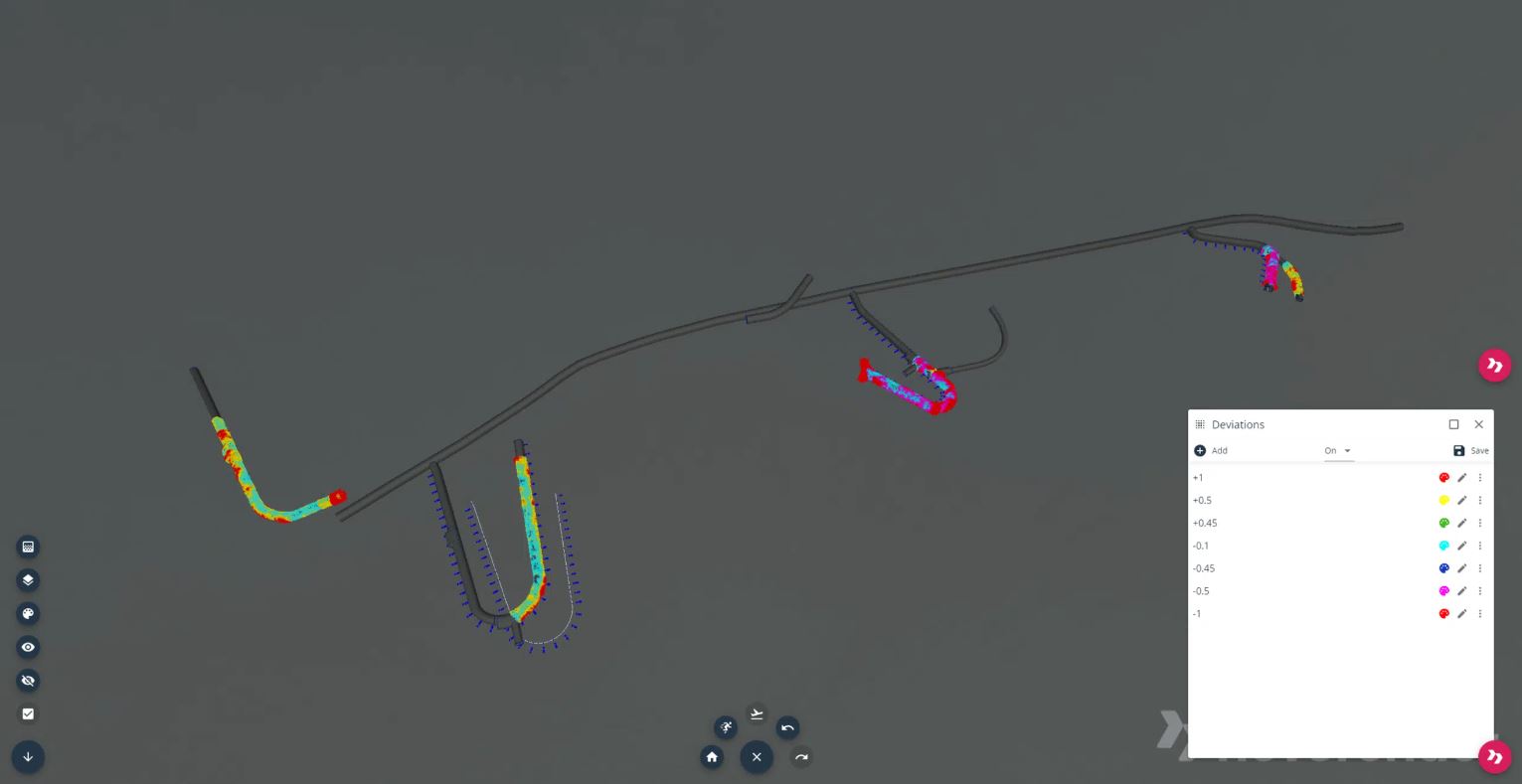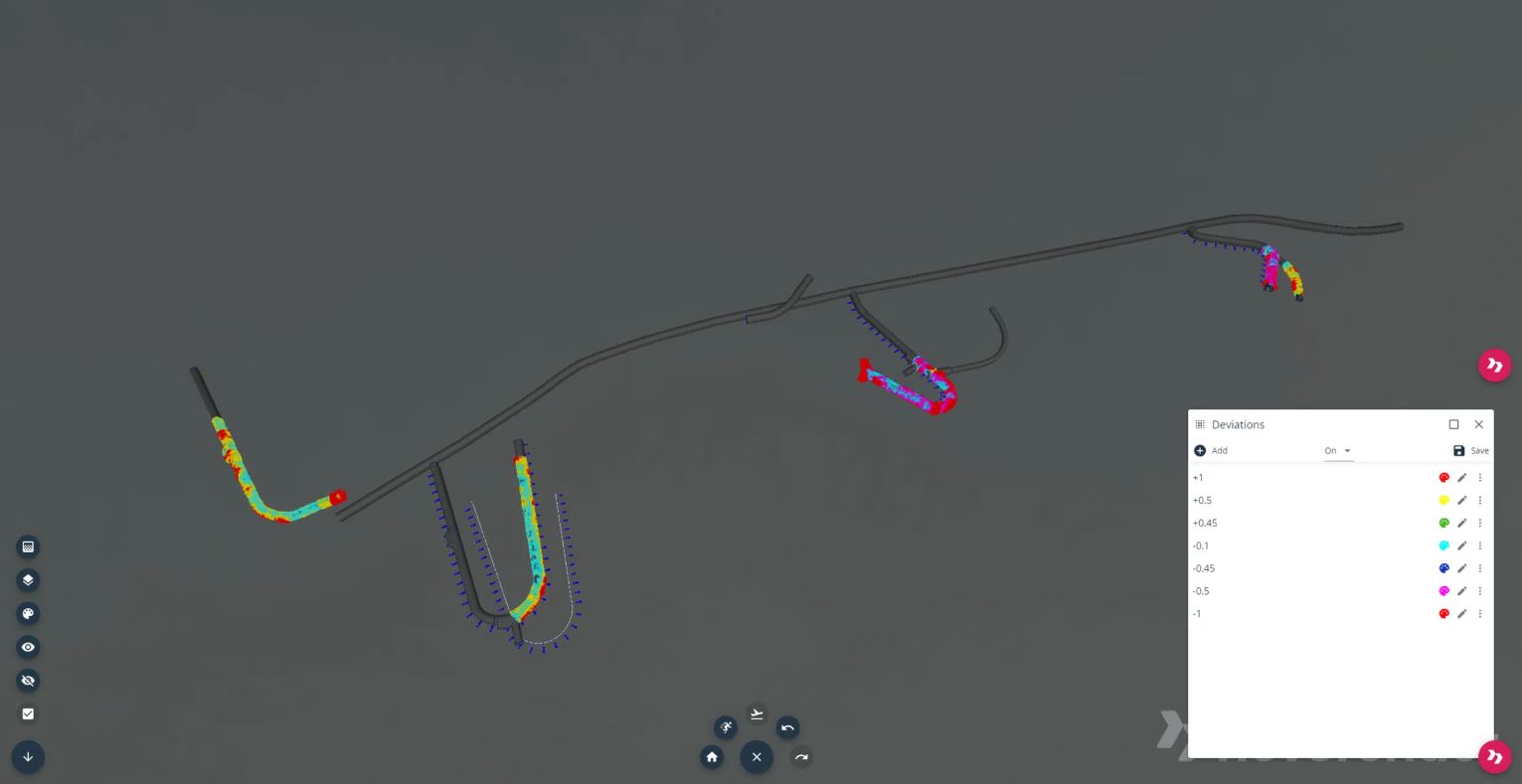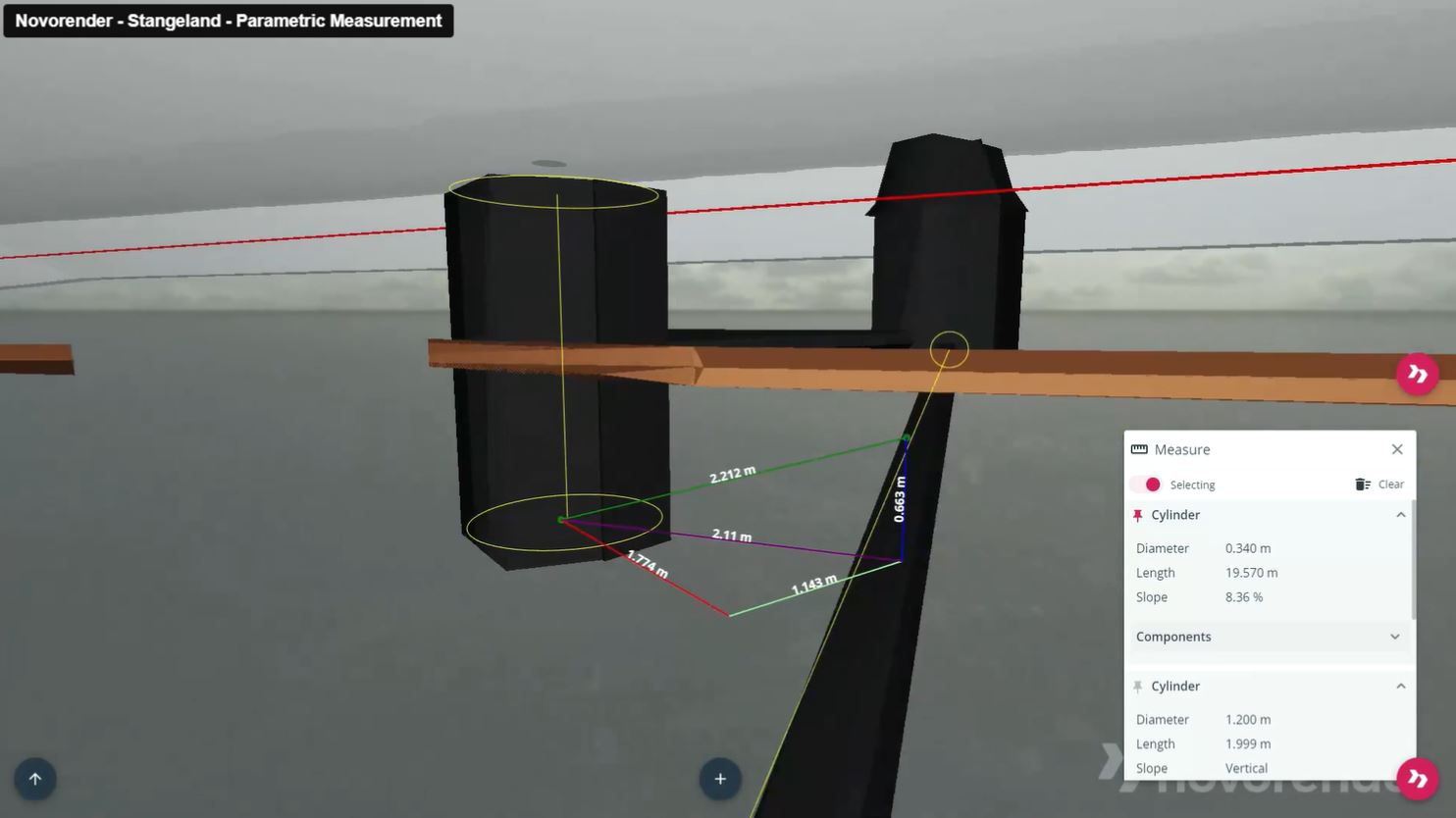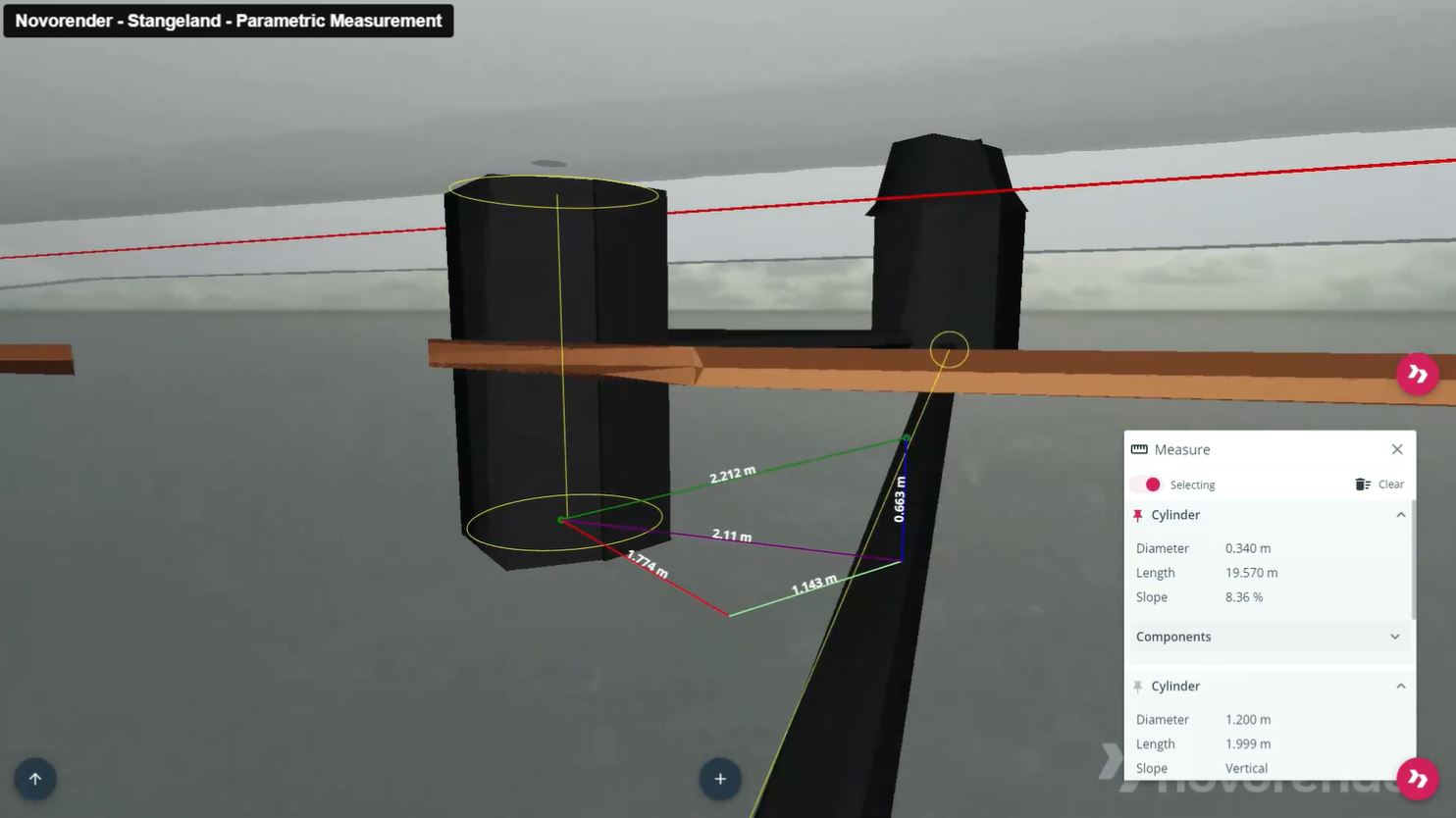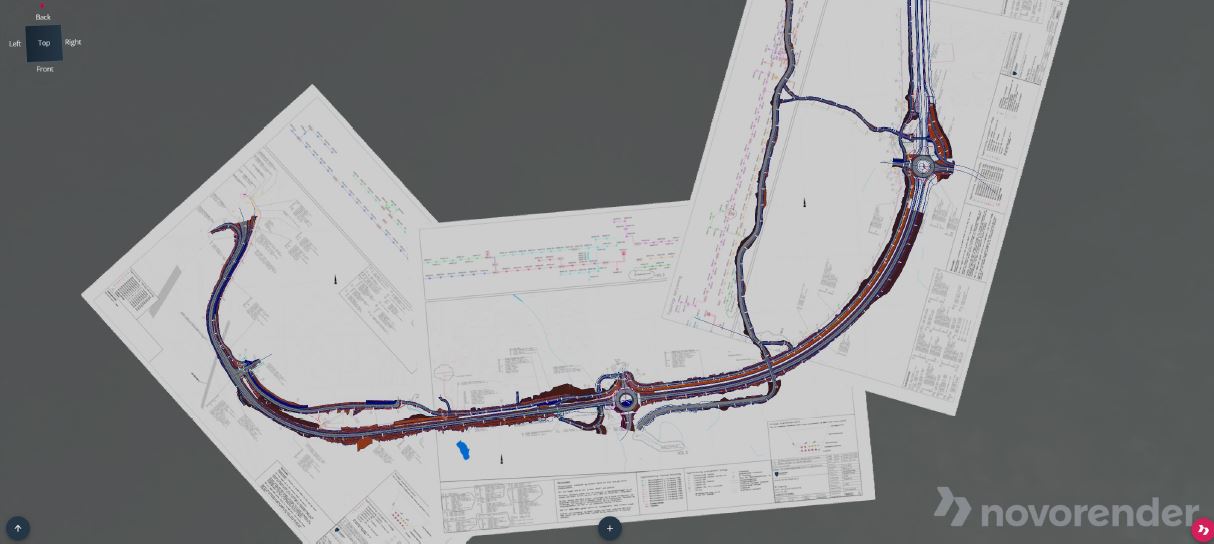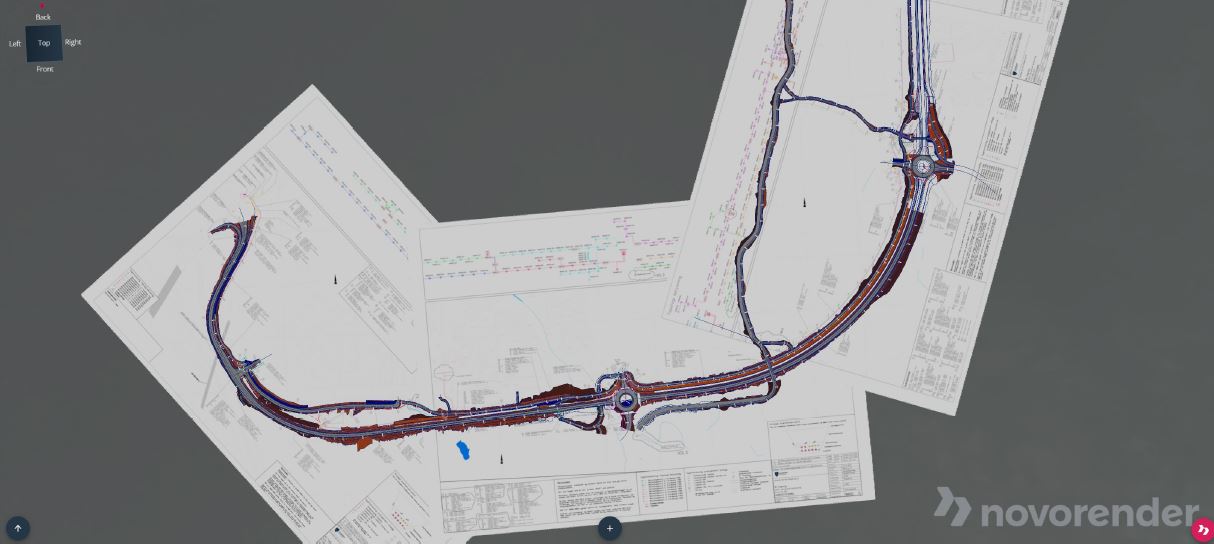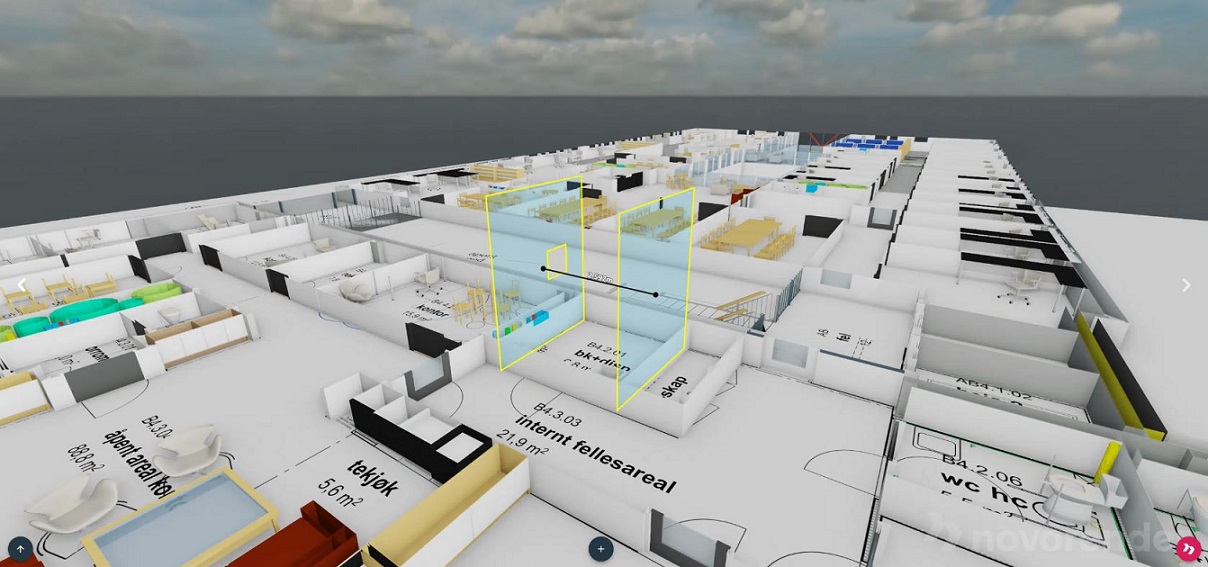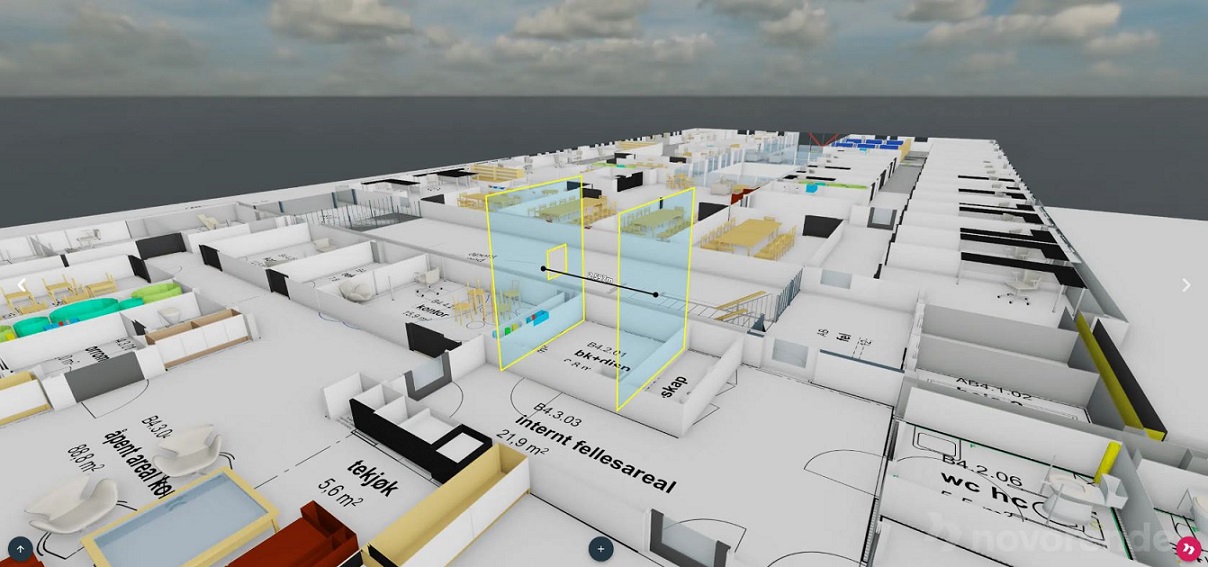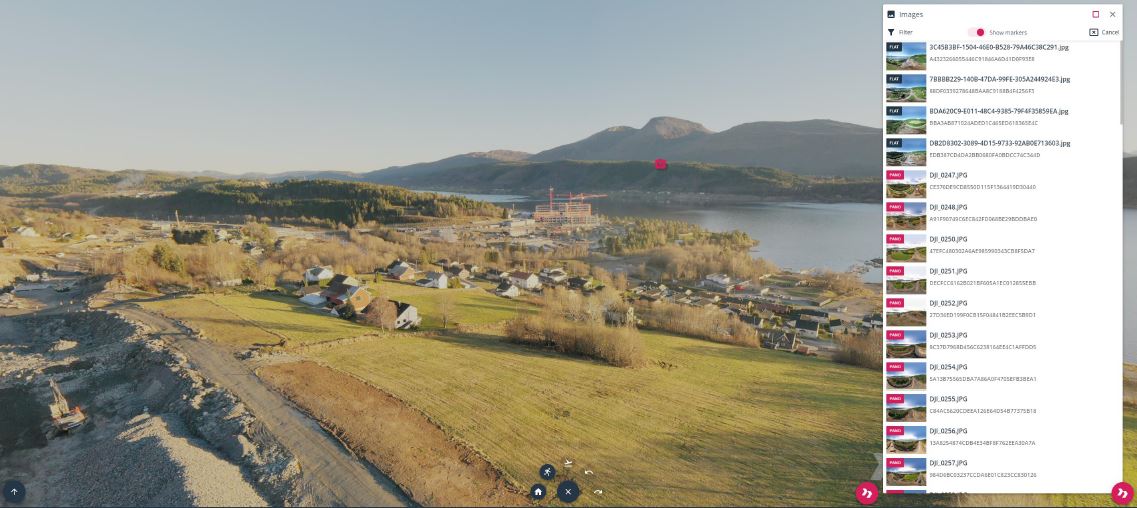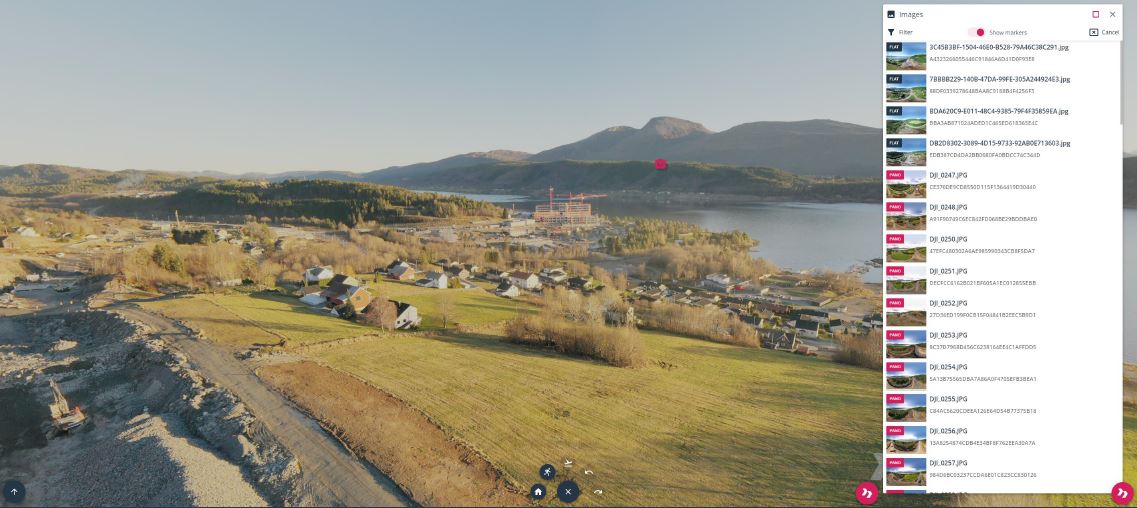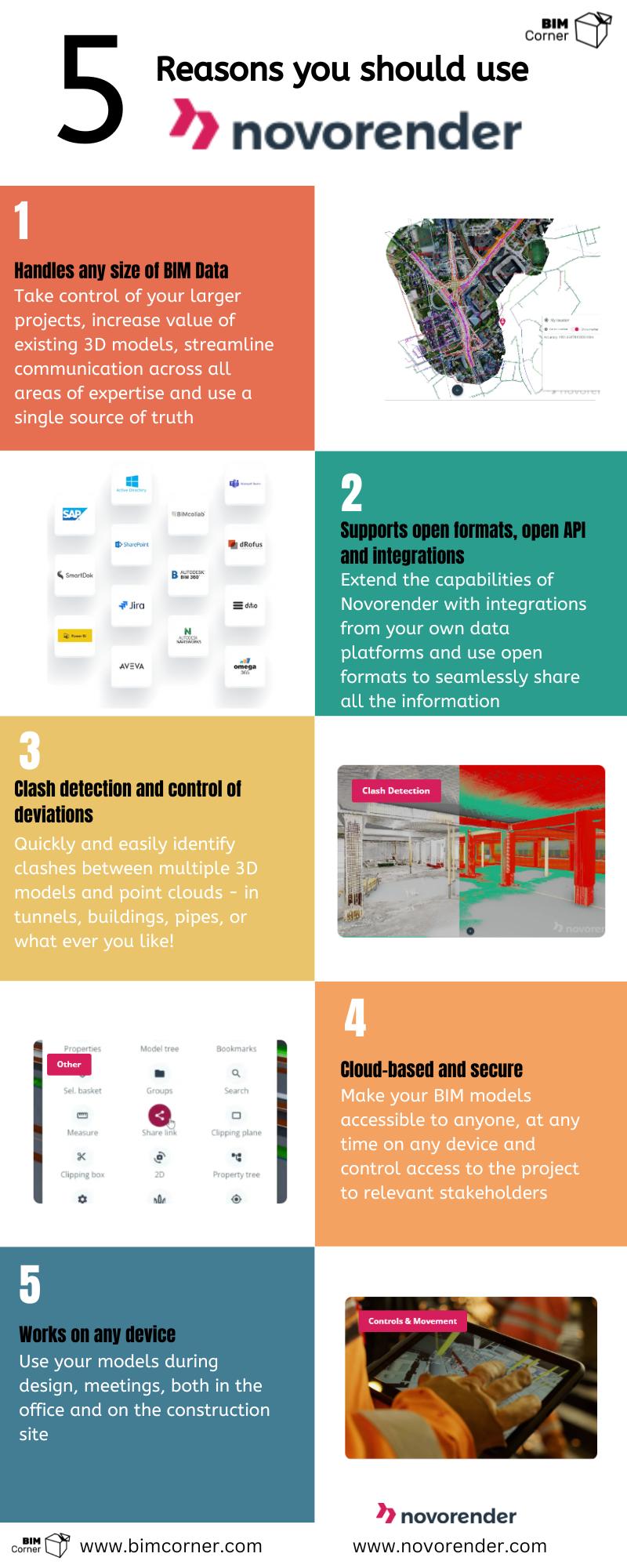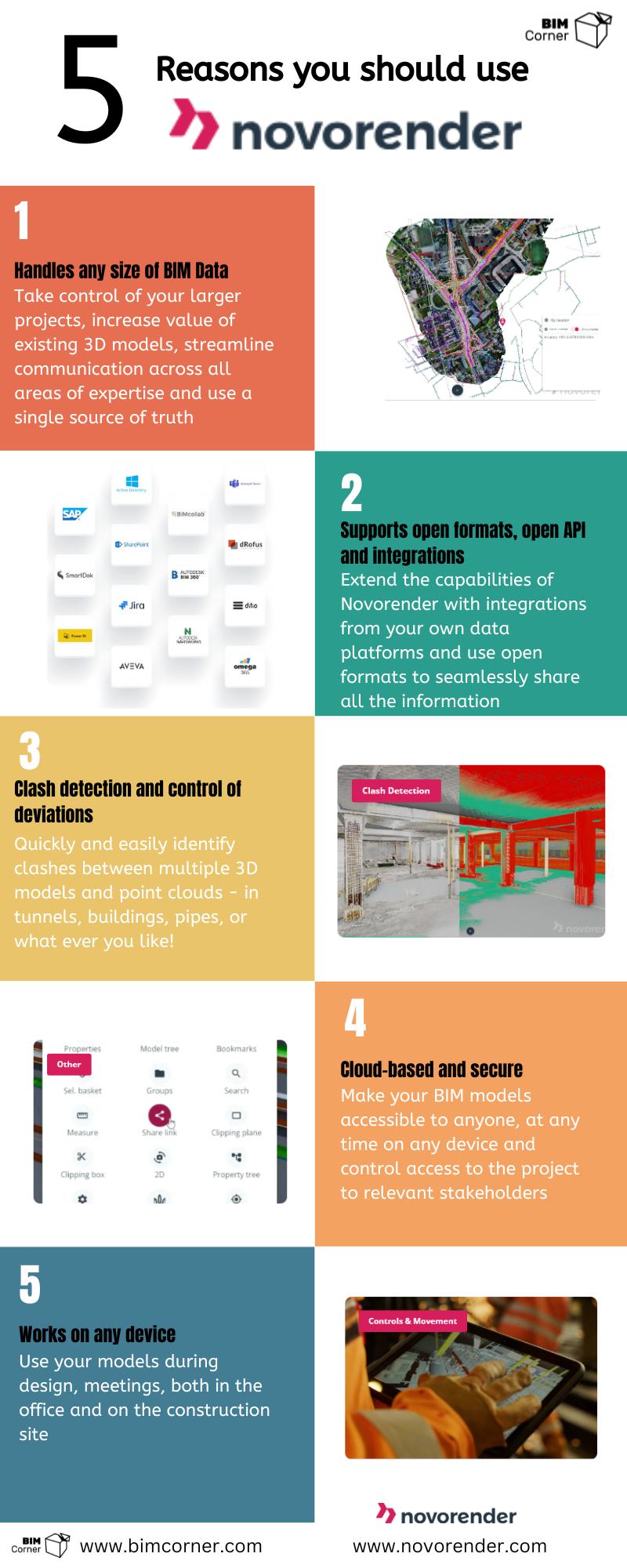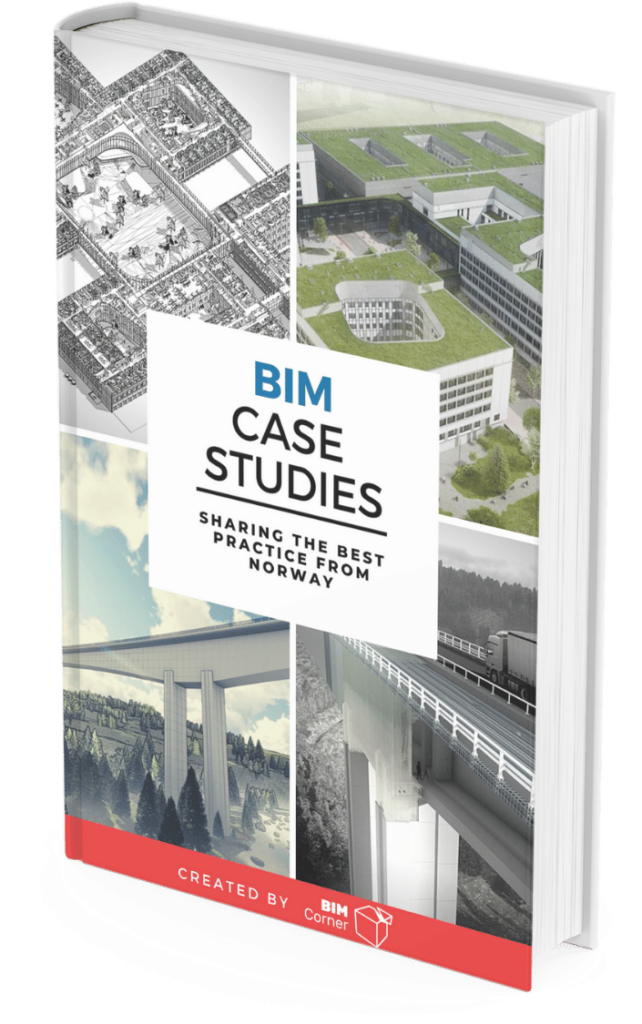Article about Novorender is sponsored.
While the use of BIM becomes more and more common, the requirements to this methodology from authorities are also becoming more demanding. For instance, there is a requirement that most of the information (if not all) should be in one interdisciplinary model. That sets high expectations to 3D viewers, which should be ‘the single source of truth’ on the project, used by both designers, contractors, the clients, and the final users. It is why to choose a good 3D viewer is an important decision to make on the BIM-project.
In this article we will have a look at one powerful 3D viewer, Novorender, offered by a Norwegian company. However, we will begin with a status of BIM development around the world, and the high requirements to this methodology.
Table of contents
1. Status of BIM development around the world
The article that I wrote back in March 2020 ‘9 reasons why Norway is THE BEST in BIM!’ is still one of the most popular on BIM Corner. Now, 3 years later, the BIM development went further all around the world. Amy Bunszel, the Executive Vice President at Autodesk in her presentation ‘Accelerating Digital Transformation in AEC’ (link to the presentation and the video) on 22nd of March 2023, presented an interesting map showing overall BIM penetration around the World, based on a report from Cambashi, AEC Design TAM. She stated also that ‘BIM penetration doubled in the last three years, however there is still significant opportunity with global adoption at only 16% in FY23’ (FY means fiscal year).
Let’s have a look at the left side of the graphic, showing the difference between BIM adoption in FY20 (green) and FY23 (dark blue) in the chosen countries. We see a significant growth in the last three years. However, those countries are some of the most developed in the world and still, again citing Amy Bunszel:
‘Even in the most BIM mature markets, we see most hovering at around 40% adoption, with the plenty of room to grow.’ In comparison, Norway, which is still ‘the best in BIM’, reaches around 60% of the BIM penetration.
All in all, the room for improvement is still there, even for the most developed markets. And together with the continuously increasing BIM development around the world, there is an increasing need for reliable software that answers the market’s needs.
2. High requirements to BIM by the authorities
One of the reasons why Norway is one of the most advanced countries when it comes to use of BIM are high requirements that are set by the authorities. And this, obviously, is not going to be easier – actually, the requirements are getting more and more demanding.
Such projects as motorway E18 Vestkorridoren close to Oslo, Stavanger University Hospital, and the E10/rv 85 road in Northern Norway – just to name a few of the big ones, are ongoing projects that are setting standards and pioneering new ways of using information and technology through the whole project’s life cycle. Also, other countries that are starting to implement BIM in public projects, like Poland, are following the good example and demanding more on the biggest and most complex ones – like CPK – a central communication point, that has decided early on to use BIM on all of the contracts, publishing their BIM requirements on their site (*only in Polish).
At this point, however, the designers and contractors are facing some challenges, as some of the requirements are very difficult or even not possible to achieve with today’s software. A requirement that most of the information (if not all) should be in one interdisciplinary model is particularly difficult. Because that also includes 3D scan of terrain, health and safety, as well as environmental issues. In huge, complex projects, with a lot of different disciplines, several stages, and information for both execution and maintenance, the result is a model that is simply too big to handle by nowadays software.
3. 3D viewers on BIM projects
As we explained in the previous point, clients have bigger expectations for to use of BIM and they set higher requirements. There are several different solutions for 3D viewers on the market at the moment, however, none of them fulfills all of the requirements. Some are good for buildings, others are better for infrastructure, and some for clash detection. But most of them are quite slow to load up all the models so we need to split the project into parts. Another thing is that there is a need to use different software for different tasks – for example, one model viewer for general use, a GIS-solution for maps, orthophotos, and environmental issues, and in addition an issue tracker (or good old Excel) for on-going issues and comments.
I stumbled upon Novorender when I did research on the market to see the possibilities of different 3D viewers. Does it stand out from the competition and could be a solution for large and complicated BIM projects? We will look at the answer to this question in the next point.
4. What makes Novorender stand out from other BIM software?
As we know, there are many types of software on the market, so which one should you choose? This is a good question to consider while deciding on 3D viewer on your project. In the end, after you choose one, you will use it in the next couple of years – and every day. It is of course possible to change the 3D viewer solution during the project, but the cost of time and money usually exceeds potential gains. And in the worst case, can delay the project or cause errors on site.
There are many different features in Novorender, however I will describe the ones that answer different BIM requirements from real design and build contract and which I found out to be particularly helpful in model-based projects.
Handling of a lot of data
BIM requirements (chosen):
● The interdisciplinary model must show the planned facility complete with all disciplines at each main phase. The phases must be able to be shown both independently and combined in the interdisciplinary model.
● GIS data must be able to be visualized together with discipline models and base models in the interdisciplinary model.
● Taking care of sustainability/external environment and health and safety must be shown in the interdisciplinary model.
One huge advantage that I saw immediately was Novorender’s ability to handle large and complicated projects – and have all the models in one single view. The viewer handles any file size and still is fast to load and move in the model, thanks to the developed streaming technology. Until now, with other software, as mentioned earlier, it was necessary to split the model into several views, so that loading time was not too long. In my experience, the loading time is something that people on construction site are complaining most about. Novorender’s streaming technology, with a powerful 3D-motor, allows us to use the model in a much more efficient way – which gives a direct time savings and better coordination of the project.
You can read how Novorender is used on the Norway’s largest tunnel project, The Joint Project Arna-Stanghelle (FAS – Fellesprosjektet Arna–Stanghelle), with 80 km of road and railway here:
https://novorender.com/customers/arna-stanghelle/
https://www.vegvesen.no/vegprosjekter/europaveg/e16banearnastanghelle/
Open formats, open API and integrations
BIM requirement: All data must be delivered in open formats.
Novorender is good in something that we value on BIM Corner – the use of open formats, or openBIM, something that buildingSMART is working with.
The open in openBIM means that everyone has access to the same definitions of data and data formats. This means data can be written and read from different sources, all parties can collaborate on the data, and data access is retained throughout the life of a project and beyond. Essentially, it allows everyone to take control of their digital destiny without being forced into using a specific software tool or workflow.
Author: Clive Billiald, CEO, bSI. Read more about openBIM on buildingSMART.
We hope for a world, where regardless of the different software that project stakeholders use, all the information can be seamlessly shared and different solutions can be integrated. That you can combine 3D, Point Cloud, Orthophoto, and many more without losing any valuable information. Novorender has pretty extensive supported format lists. I hope the market will also follow this path. See the whole list of supported formats here.
The list of Novorender integrations is also quite impressive – with Autodesk BIM360, BIM Collab, Ditio, dRofus, Gemini, Jira, Navisworks, Trimble Connect, PowerBI – just to name a few. Open API allows you to connect to existing tools and software in order to improve the workflows.
Have a look at the whole list of Novorender integrations here.
Clash detection and quality control of deviations
BIM requirement: Measured objects must be coded according to the project’s object code list and form the basis for reporting geometric control. Measurements must be available to the client through the document management system.
Clash detection between various models is, in itself, nothing revolutionary. However, Novorender promotes its use also to control deviations, in order to see differences between as-built and designed objects. For example, you can scan an existing structure/building/tunnel/terrain/road and import this scanned model into Novorender. Then, by using the deviations widget, you can set relevant values for the deviations. You can also choose manually different colors for the deviations so that it is possible to see right away which ones are not acceptable. This Novorender’s feature is actually in use by a Norwegian contractor to document the quality of works to the client, Norwegian Road Authorities:
https://novorender.com/features/clash-detection/
Following up works, especially tunnel
BIM requirement: The contractor must use BIM to streamline and improve planning, execution, follow-up, and later operation.
What I like about Novorender is that they are closely cooperating with their clients – both designers, contractors, and investors. A good example of this is the possibility to follow up on tunnel works, which was developed together with one Norwegian contractor. This is a combination of clash detection and control of deviations together with some extra features in Novorender.
As mentioned in the previous point, you can scan the tunnel and control it with the designed IFC model. In addition, you can ‘walk’ in the centreline of the tunnel/road and see the deviations step by step by using ‘Follow Path’: https://novorender.com/features/follow-path/
In the bigger picture, you can see the whole project with all the tunnels and their status, together with deviations from designed model, as shown on the picture below. Read more about clash detection and geometrical control in tunnels here:
https://novorender.com/customers/lns/
Other Novorender’s features
It is also worth to name the following features and characteristics of Novorender:
● Security – you can access project through a browser, and you can control access for other people and organizations.
● Flexibility in use – Novorender can be used on any device, and you can easily take 3D model and information out into the field.
● Parametric measurements – you can put measurements directly in the model and do it by a parametric feature, that automatically snaps to edges or centrelines. Watch the video with parametric measurements here: https://novorender.com/customers/stangeland
● PDF with 3D – do you have many PDFs that are required by the client and show the plan view of a bigger stretch? Combine them together and put a 3D model on the drawings – that allows all the project stakeholders to understand the project and its challenges much better.
● 3D with 360 panorama images – you can explore a 3D model in its entirety and then seamlessly switch to a 360-degree panorama image to get a more detailed look at specific areas https://novorender.com/features/360-photos-2/
● Unlimited number of users of the viewer – you buy just one license for the project, which can be used by so many people as you wish.
● You can see all of the Novorender’s features here:
https://novorender.com/features/
● And the user cases here:
https://novorender.com/customers/
5. Future, development, and BIM
After having a look at the status of BIM development around the world and high requirements to this methodology by the authorities, we know that neither the development nor the requirements are going to stop at the current level. To fulfil those requirements, we need a well-developed and reliable software and good solution for a 3D viewer. Novorender handles a huge amount of data, supports open formats, and offers integration with other software. What I particularly like about companies like Novorender is that they keep in touch with the market and listen to their customers. The contact is very easy and straightforward, also because they are relatively small company and value their clients. By using Novorender you also gain a possibility to influence the development of the software, as your wishes and comments will be heard and may be implemented in the new version.
If you are interested in Novorender, how it works and if it can help you in the demanding BIM-projects, do not hesitate to book a demo and take a non-binding conversation here!
This article was created in cooperation with Novorender. Novorender is a Norwegian software company that enables engineering teams to share their advanced 3D models with employees, customers, and business partners – regardless of 3D formats and file sizes.
We have also some questions for YOU! What are your experiences with 3D viewers? How do you fulfill high BIM requirements from clients? Please share with us your experience below the article!

